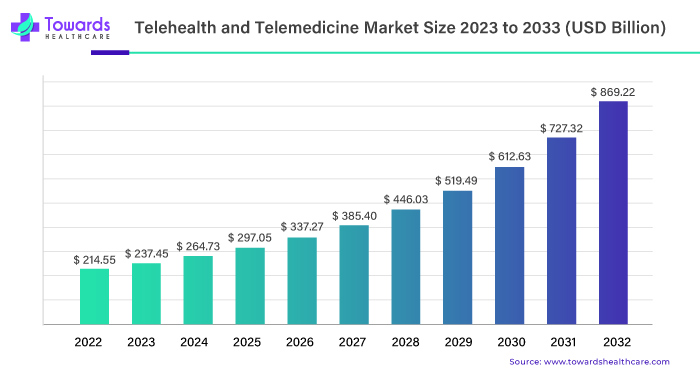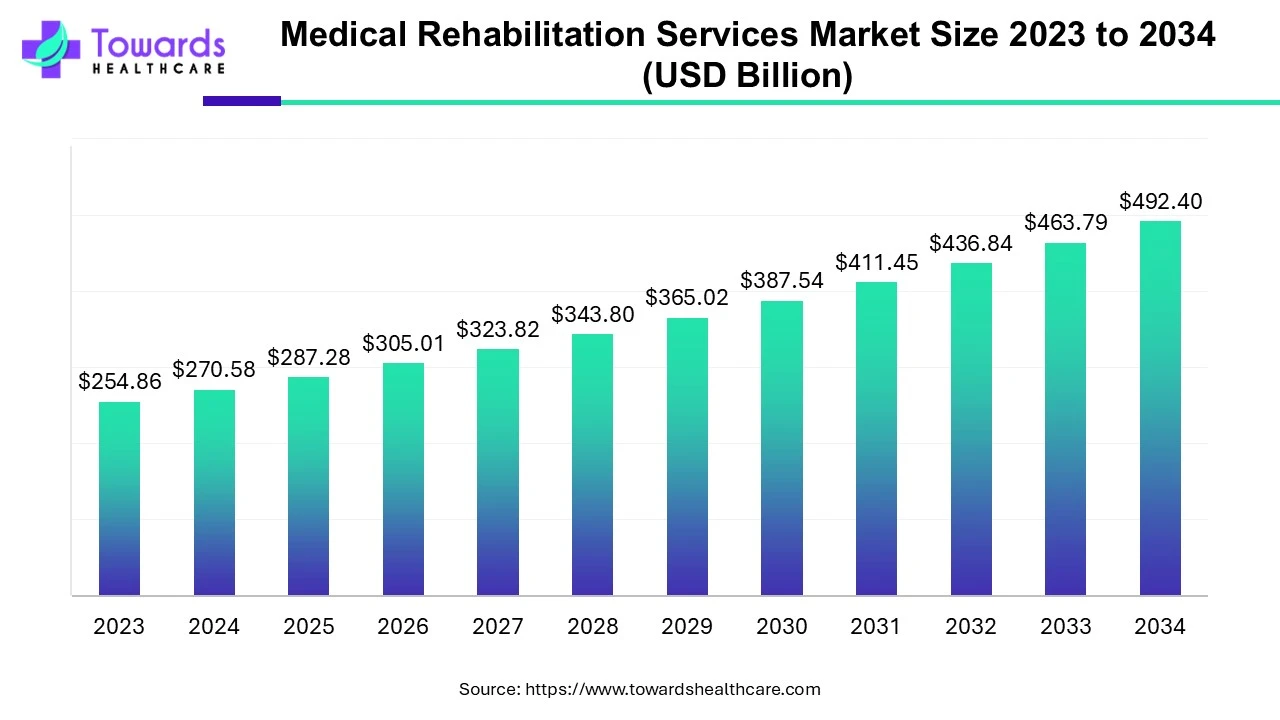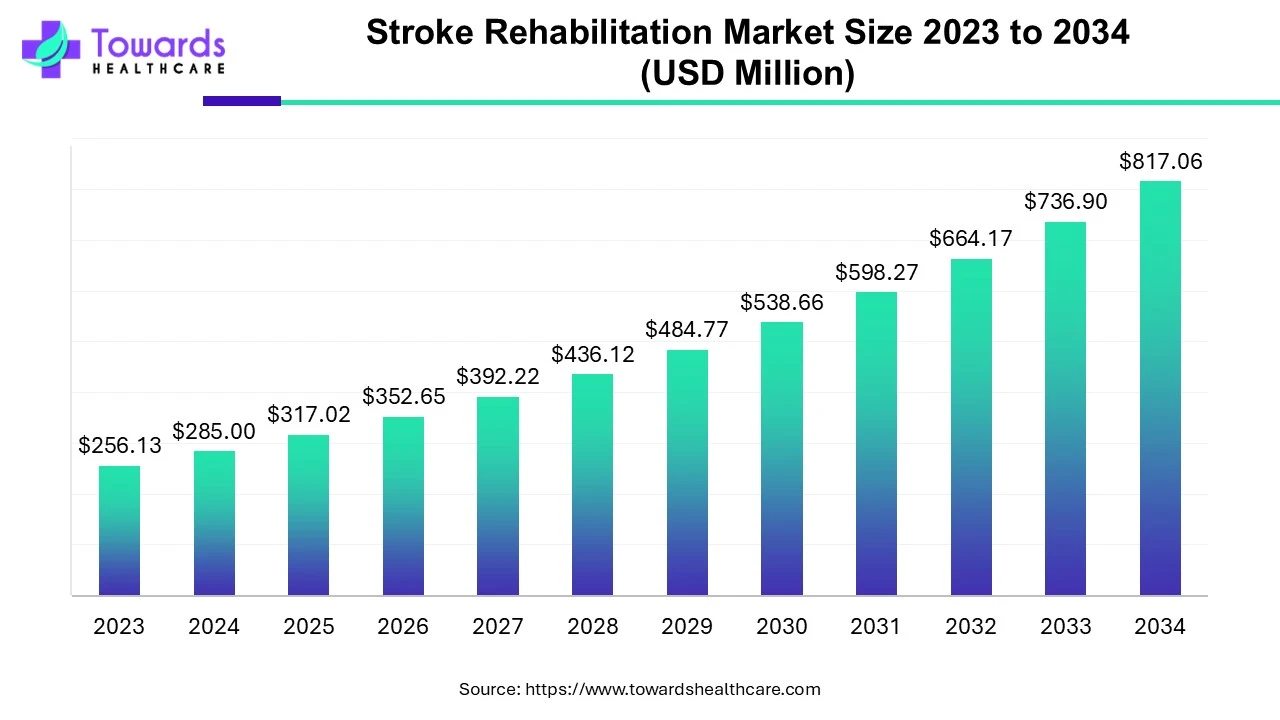
The telehealth and telemedicine industry experienced an unprecedented surge, reaching an astonishing valuation of USD 214.55 billion in 2023. Forecasts project a substantial increase, with the market poised to reach an estimated USD 869.22 billion by 2033. This growth trajectory indicates a robust Compound Annual Growth Rate (CAGR) of 15.5% from 2023 to 2033.
For any queries, feel free to reach us @ https://www.towardshealthcare.com/personalized-scope/5112
Understanding Telehealth vs. Telemedicine
Telehealth vs. Telemedicine: Exploring the Differences
The terms “telehealth” and “telemedicine” are often used interchangeably, but they encompass distinct aspects of remote healthcare delivery. While telehealth encompasses a broader spectrum, including remote monitoring and patient education, telemedicine predominantly focuses on clinical services such as remote diagnosis and treatment.
Evolution of Telehealth Services
Telehealth Evolution: Meeting Healthcare Needs Remotely
Recent years have witnessed a remarkable growth in the telehealth and telemedicine market, driven by advancements in technology facilitating seamless connectivity through the internet, smartphones, and wearable devices. The growing demand for remote healthcare solutions stems from various factors, including aging populations, increasing prevalence of chronic diseases, and challenges in accessing traditional healthcare facilities, particularly in remote areas. Additionally, the cost-effectiveness of telehealth services compared to in-person consultations has further fueled their adoption, particularly for routine check-ups and the management of ongoing health conditions. Notably, the COVID-19 pandemic accelerated the adoption of telehealth solutions, with healthcare providers leveraging digital platforms to ensure continued access to healthcare while minimizing the risk of virus transmission.
Addressing Healthcare Workforce Shortages with Telehealth and AI
Meeting Future Healthcare Challenges with Telehealth and AI Integration
The World Health Organization (WHO) projects a significant shortage of healthcare professionals, estimated at 10 million by 2030. In response to this looming challenge, the integration of artificial intelligence (AI) in healthcare delivery holds promise for enhancing patient care and addressing gaps in healthcare accessibility. Telehealth emerges as a pivotal solution, offering digital and virtual healthcare services to individuals in remote and underserved regions, thereby bridging the gap in healthcare access.
Market Segments
By Component
- Software and Services
- Hardware
By Delivery Model
- On-Premise
- Cloud
- Web-Based
By Technology
- Telemedicine Platforms
- Video Conferencing
- Mobile Apps
- Wearable Device
- AI-Powered Solutions
By Application
- Primary Care
- Specialty Care
- Behavioral Health
- Chronic Disease Management
- Post-Acute Care
- Emergency Medical Services
- Others
By Geography
- North America
- Europe
- Asia-Pacific
- Latin America
- The Middle East and Africa
To own our advanced study, click here @ https://www.towardshealthcare.com/price/5112
Access our Premium Real Time Data Intelligence Tool, Visit: www.precedencestatistics.com
Read More Snapshots of the Study


